In this comprehensive guide, we will discuss step-by-step instructions on how to install Headless PlexAmp on Raspberry Pi, a popular and versatile platform. But before we dive into the installation process, let’s take a moment to understand the concept of Headless PlexAmp and explore the fascinating reasons why it has become an increasingly useful tool for music enthusiasts and Raspberry Pi enthusiasts alike.
Tools and Supplies
A Micro SD to USB Card Reader
Before we start, let me mention that in order to transfer files to your Raspberry Pi, you will need a micro SD to USB card reader. This nifty little device is an essential tool for any Raspberry Pi project, allowing you to seamlessly transfer data. You can easily find one at most electronic stores or online retailers. I recommend opting for a reputable brand to ensure the best performance and reliability. [1]
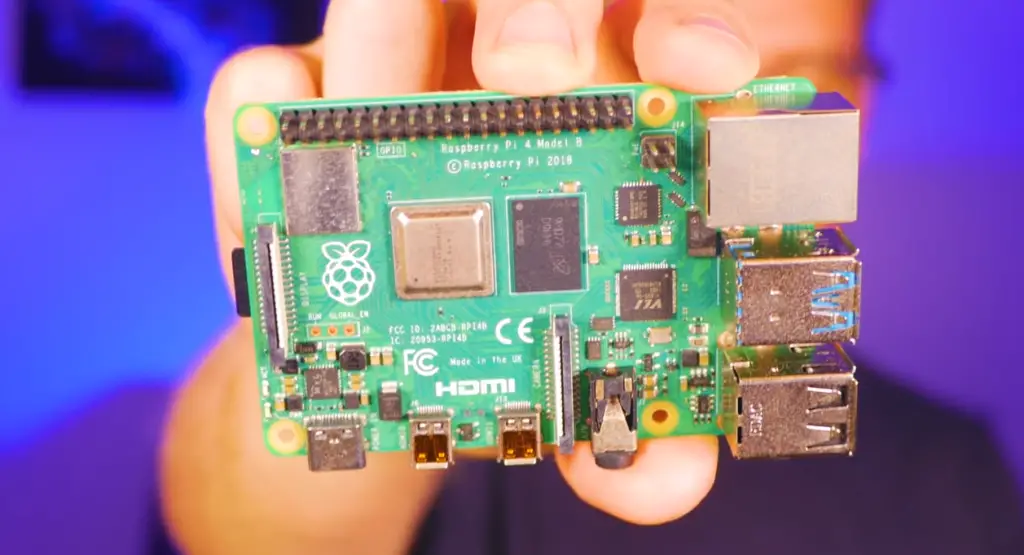
A Plex Account
To get started, the next step is to create a Plex account. Don’t fret if you haven’t got one yet – it’s completely free and will only require a few minutes of your time. Simply visit the official Plex website, locate the “Sign Up” button, and follow the easy instructions provided.
A Raspberry Pi
Now, let’s talk about the star of our guide – the Raspberry Pi. For those unfamiliar with this impressive device, the Raspberry Pi is a small and affordable computer that can be used for various projects, from basic coding experiments to advanced robotics. It runs on Linux-based operating systems and boasts impressive processing power despite its compact size. If you don’t have a Raspberry Pi yet, don’t worry – they are easily accessible and can be purchased online or at most electronic stores. For this particular installation, we recommend using a Raspberry Pi 4 Model B for optimal performance. [1]
A Micro SD card
In addition to the Raspberry Pi itself, you will also need a micro SD card. This card will serve as the primary storage device for your Headless PlexAmp installation, ensuring seamless playback of your favorite music. For optimal performance, I highly recommend using a high-speed class 10 or higher micro SD card with a minimum storage capacity of 8GB. This will provide ample space to store your music library and guarantee smooth operation of your PlexAmp setup. [1]
SSH into your Raspberry Pi
Now that you have gathered all the necessary tools and supplies, it’s time to kickstart the installation process. The first crucial step is to connect your Raspberry Pi to your home network and access it remotely using Secure Shell (SSH). By utilizing SSH, you can establish secure communication over an unsecured network, ensuring the safety and convenience of controlling your Raspberry Pi without the need for a physical monitor or keyboard. This way, you can effortlessly delve into the world of Raspberry Pi and explore its endless possibilities! [1]
Install the transport package
After successfully connecting to your Raspberry Pi via SSH, the next crucial step in setting up your Headless PlexAmp installation is to install the transport package. This essential package facilitates the seamless transfer of music files from your computer to your Raspberry Pi.
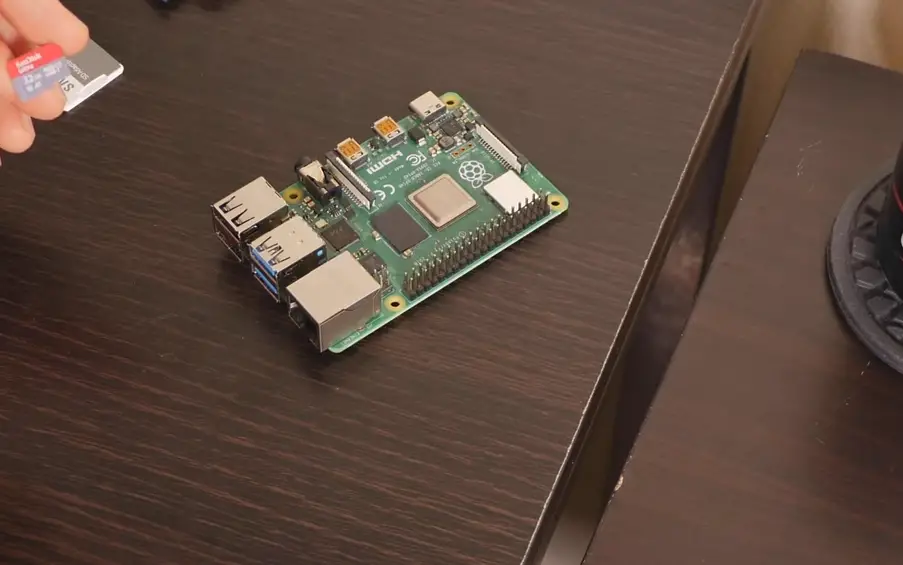
To install the transport package, you can easily execute the following commands in your terminal:
“`
$ sudo apt-get update
$ sudo apt-get install gvfs
“`
Running these commands will ensure that the necessary dependencies are updated and that the gvfs package, which enables efficient file transfer, is installed on your Raspberry Pi.
Once the installation process is complete, you can confidently proceed to the next step in configuring your Headless PlexAmp setup. Enjoy the seamless music experience! [1]
Install a key to access the Plex Media Server repositories
To proceed with the installation of Headless PlexAmp, you will need to add a key that grants access to the Plex Media Server repositories. This process is vital as it enables your Raspberry Pi to retrieve and install relevant packages from these repositories, ensuring a seamless and optimized installation experience.
To accomplish this, you can execute the following command in your terminal:
“`
$ curl https://downloads.plex.tv/plex-keys/PlexSign.key | sudo apt-key add –
“`
By running this command, you are securely adding the necessary key to your system, allowing it to authenticate and establish a trusted connection with Plex Media Server. This step is crucial for the successful installation and operation of Headless PlexAmp on your Raspberry Pi.
Once the key is added, you can confidently proceed to the next step and install Headless PlexAmp. Enjoy the dynamic and immersive audio experience that awaits you on your Raspberry Pi. [1]
Include Plex Media Server in the list of sources available to your Raspberry Pi OS Lite
To successfully install Headless PlexAmp on your Raspberry Pi, it is important to ensure that Plex Media Server is included in the list of sources available to your Raspberry Pi OS Lite. This will guarantee optimal performance and compatibility with your system.

To achieve this, follow these steps:
- Start by navigating to the sources.list file on your Raspberry Pi OS Lite. You can do this by executing the following command in the terminal:
- $ sudo nano /etc/apt/sources.list
- Once the file opens in the nano text editor, scroll down to the end of the file.
- Add the following line at the end of the file to include the Plex Media Server repository:
- deb https://downloads.plex.tv/repo/deb public main
- After adding the line, save the changes by pressing Ctrl+X, then Y to confirm, and finally press Enter.
By following these steps, you will ensure that Plex Media Server is properly integrated into your Raspberry Pi OS Lite environment, allowing for a seamless installation of Headless PlexAmp. Enjoy your music streaming experience with Plex! [1]
Update your Raspberry Pi OS Lite package list
Before proceeding with the installation of Headless PlexAmp, it is highly recommended to update your Raspberry Pi OS Lite package list. By doing so, you will ensure that all the necessary packages and dependencies are up-to-date, providing a solid foundation for a smooth and successful installation.
To update your package list, simply execute the following command in your terminal:
“`
$ sudo apt-get update
“`
This process may take a few minutes as it fetches the latest package information from the repositories. However, it is an important step that will ensure you have access to the most recent updates and bug fixes, enhancing the overall stability and performance of your Raspberry Pi.
Once the update is complete, you can confidently proceed to the final step in installing Headless PlexAmp on your Raspberry Pi, knowing that your system is fully optimized and ready to take advantage of this amazing audio player. Enjoy your seamless music experience with PlexAmp on your Raspberry Pi! [1]
Install the Plex Media Server Package to your Raspberry Pi
With all the necessary preparations in place and your excitement building, it’s finally time to dive into the world of Headless PlexAmp on your Raspberry Pi. Are you ready?
To get started, simply execute the following command on your terminal:
“`
$ sudo apt-get install plexmediaserver-installer
“`
This command will initiate the fetching and installation of the latest version of Plex Media Server from the designated repository. By doing so, you ensure compatibility and optimize the performance of your setup.
Once the installation is complete, you can confidently launch Headless PlexAmp on your Raspberry Pi and embark on a journey of dynamic and immersive music experience. Get ready to be transported to a whole new level of audio bliss! [1]
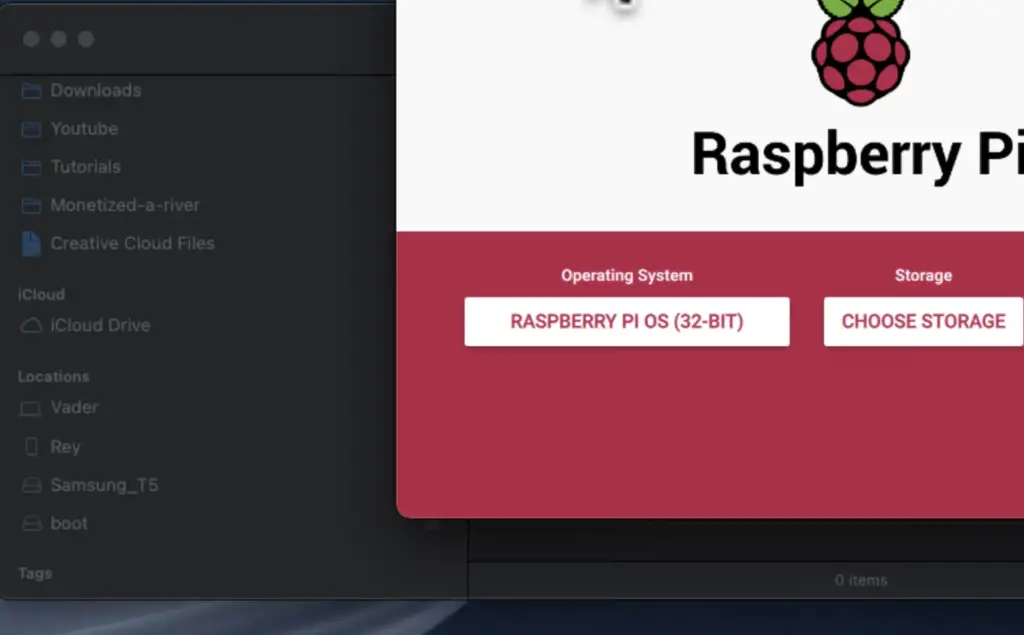
Find the IP address for your Raspberry Pi
Before you can start using Headless PlexAmp on your Raspberry Pi, you will need to know its IP address. This is necessary for connecting to it remotely and accessing the Plex Media Server that is now installed on your system.
To find the IP address, simply execute the following command in your terminal:
“`
$ hostname -I
“`
The output of this command will display the IP address of your Raspberry Pi. You can also obtain this information by accessing your router’s admin page and locating the connected devices, where you should find your Raspberry Pi listed with its corresponding IP address. [1]
Open cmdline.txt file to update the IP address for your Raspberry Pi
To ensure seamless access to your Raspberry Pi and Headless PlexAmp, you will need to update the cmdline.txt file with the correct IP address. This is a straightforward process that will enable smooth communication between your devices.
To update the cmdline.txt file, follow these steps:
- Execute the following command in your terminal to open the file:
- $ sudo nano /boot/cmdline.txt
- At the end of the line, add “ip=” followed by your Raspberry Pi’s IP address.
- Save the changes by pressing Ctrl+X, then Y to confirm, and finally press Enter.
That’s it! You have successfully updated the cmdline.txt file with the necessary information for connecting to Headless PlexAmp on your Raspberry Pi. Now you are ready to access Plex Media Server and start streaming your favorite music. [1]
Add the Static IP address to your Raspberry Pi
To ensure a stable and consistent connection between your devices, it is recommended to assign a static IP address to your Raspberry Pi. This will prevent the IP address from changing each time you reboot, making it easier for you to access Headless PlexAmp and enjoy uninterrupted music streaming.
To add a static IP address to your Raspberry Pi, simply follow these steps:
- Execute the following command in your terminal to open the dhcpcd.conf file:
- $ sudo nano /etc/dhcpcd.conf
- Scroll down to the bottom of the file and add the following lines:
- interface eth0
- static ip_address=/24
- static routers=192.168.X.XX (your router’s IP address)
- static domain_name_servers=192.168.X.XX (your router’s IP address)
- Save the changes by pressing Ctrl+X, then Y to confirm, and finally press Enter.
Your Raspberry Pi now has a static IP address assigned, ensuring a consistent connection for accessing Plex Media Server and streaming music through Headless PlexAmp. [1]
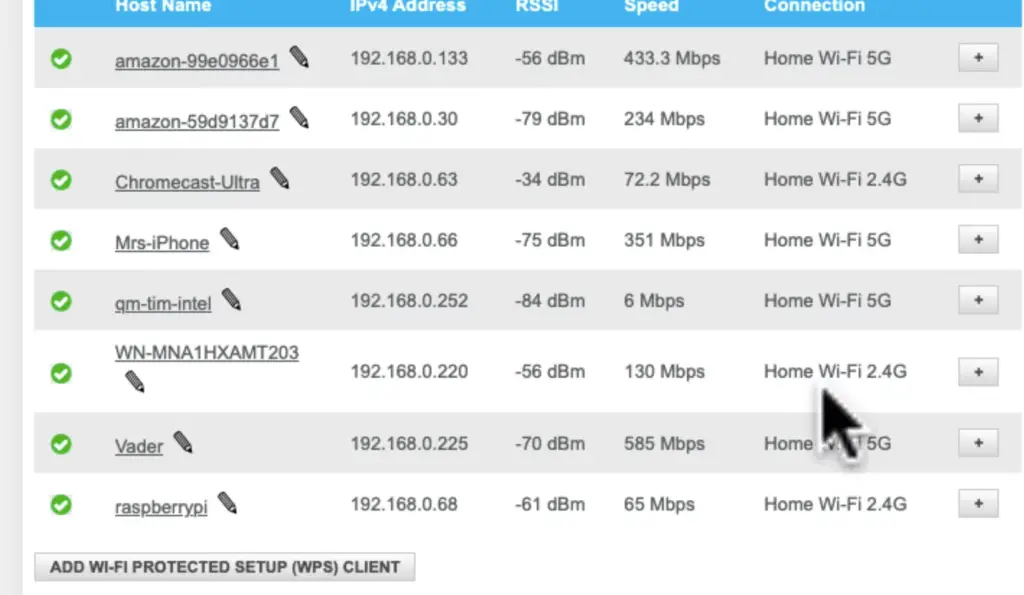
Save your changes and reboot your Raspberry Pi
Before you can fully immerse yourself in the world of Headless PlexAmp on your Raspberry Pi, it is important to save all the changes made and reboot your system. This will apply all the updates and ensure that any new configurations are properly implemented.
To save changes and reboot your Raspberry Pi, follow these steps:
- Execute the following command in your terminal to save the changes made:
- $ sudo reboot
- Wait for the system to reboot and access the Plex Media Server on your Raspberry Pi through the web interface using your browser.
- Enter your Plex account credentials or create a new account, and you are all set! [1]
Reboot your Raspberry Pi automatically every day
To ensure smooth performance and prevent any potential issues, it is recommended to reboot your Raspberry Pi on a regular basis. This can be easily automated by setting up a scheduled task through the crontab file.
To set up an automatic daily reboot for your Raspberry Pi, follow these steps:
- Execute the following command in your terminal to open the crontab file:
- $ sudo nano /etc/crontab
- Add the following line at the bottom of the file:
- 0 4 * * * root reboot
- This will schedule a daily reboot at 4:00 AM, which can be changed to your preferred time by adjusting the values before the asterisks.
- Save the changes by pressing Ctrl+X, then Y to confirm, and finally press Enter.
That’s it! Your Raspberry Pi will now automatically reboot every day at the set time, ensuring optimal performance for Headless PlexAmp. [1]
Open Plex Media Server in your browser
Now that everything is set up and ready to go, it’s time to access Plex Media Server in your browser. Simply type in the IP address of your Raspberry Pi, followed by “:32400/web” to access the web interface.
From here, you can manage your music library, create playlists, and start streaming music through Headless PlexAmp on your Raspberry Pi. Enjoy the endless possibilities of music discovery and audio bliss with Headless PlexAmp! So, sit back, relax, and let the powerful combination of Raspberry Pi and Headless PlexAmp take you on a musical journey like never before. Happy streaming! 1. Save changes by pressing Ctrl+X, then Y to confirm, and finally press Enter.
Set Up Plex Media Server in your Browser

To set up Plex Media Server in your browser, follow these steps:
- Open your preferred web browser and type in the IP address of your Raspberry Pi, followed by “:32400/web”.
- If this is your first time accessing Plex Media Server, you will be prompted to either sign in or create a new account.
- Follow the on-screen instructions to set up your Plex Media Server, including adding libraries for music and setting up any necessary permissions.
- Once set up is complete, you can now access and manage your music library through Plex Media Server on any device with a web browser. [1]
FAQ
Can a Raspberry Pi run a Plex server?
Yes, a Raspberry Pi can run Plex Media Server, allowing you to stream media content on any device connected to your network. However, it is recommended to use a Raspberry Pi 4 with at least 2GB of RAM for smoother performance.
Is a Raspberry Pi 4 good enough for Plex?
Yes, a Raspberry Pi 4 with at least 2GB of RAM is good enough to run Plex Media Server. However, it may struggle with multiple concurrent streams or large media libraries. In such cases, upgrading to the 4GB or 8GB version of Raspberry Pi 4 is recommended.
Is 4GB RAM enough for Plex?
For most users, 4GB of RAM is sufficient to run Plex Media Server. However, if you are planning on streaming content to multiple devices or have a large media library, upgrading to at least 8GB of RAM is recommended for smoother performance.
Is 16GB enough for Raspberry Pi 4?
16GB of storage is enough to run the operating system and a few applications on Raspberry Pi 4. However, if you are planning on using it as a media server or for other storage-intensive tasks, it is recommended to use an external hard drive or upgrade to a larger SD card for more storage space.
Is there going to be a Raspberry Pi 5?
There is currently no official announcement for Raspberry Pi 5. However, the Raspberry Pi Foundation typically releases a new version every two to three years, so it may be released in the near future. In the meantime, the Raspberry Pi 4 continues to be a powerful and versatile option for various projects, including running Plex Media Server.
Can Raspberry Pi 4 use 64GB SD card?
Yes, Raspberry Pi 4 can use SD cards up to 64GB in size. However, it is recommended to use a high-quality card with good read/write speeds for optimal performance. Larger capacity SD cards (128GB or higher) are also compatible but may not be necessary unless you have a large media library or plan on using the Raspberry Pi for other storage-intensive tasks.
Can a Raspberry Pi 4 8GB run GTA 5?
No, Raspberry Pi 4 is not powerful enough to run GTA 5. It is designed for low-power and lightweight applications, making it better suited for projects such as media servers, retro gaming consoles, and IoT devices. For gaming, a dedicated console or PC would be a better option.
Useful Video: Stream Lossless Audio with Plexamp Headless on the Raspberry Pi! How to set it up!
Conclusion
In this comprehensive guide, we have delved into the detailed process of installing Headless PlexAmp on Raspberry Pi, transforming your device into a powerful media server for seamless music streaming. By meticulously following the step-by-step instructions provided, you will unlock a world of endless possibilities for audio bliss, all conveniently accessible through your Raspberry Pi.
To ensure optimal performance, it is recommended to schedule regular reboots and access Plex Media Server in your preferred browser. This will guarantee a smooth and uninterrupted streaming experience, allowing you to immerse yourself in the captivating world of Headless PlexAmp.
With the extraordinary combination of Raspberry Pi and Headless PlexAmp at your disposal, you can embark on a mesmerizing musical journey like never before. So sit back, relax, and let the harmonious blend of technology and music transport you to new heights of sonic pleasure. Happy streaming!
References
- https://howtohifi.com/how-to-install-your-plex-server-on-a-raspberry-pi-4-headless-edition/





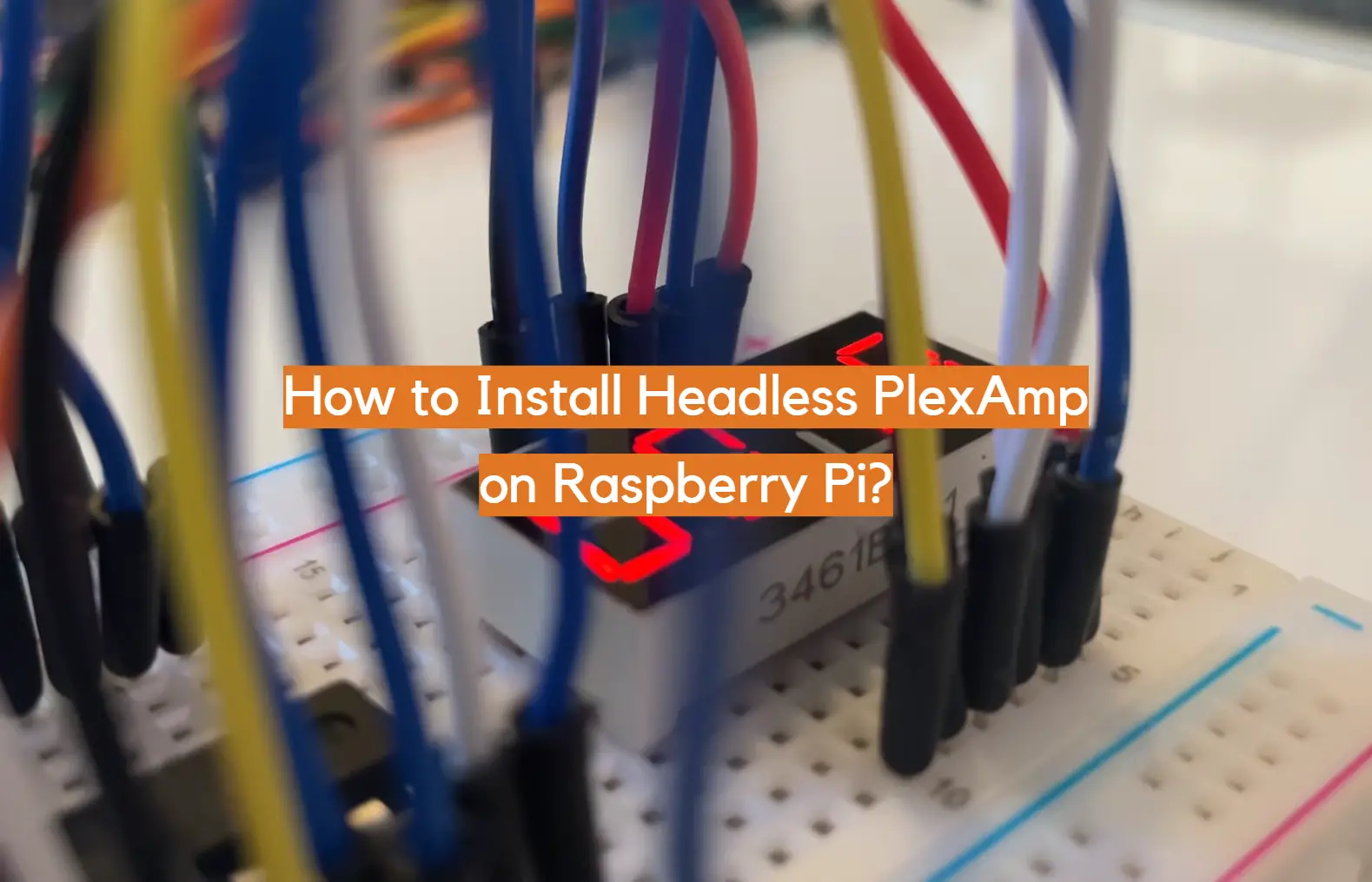






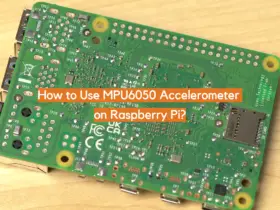
Leave a Reply